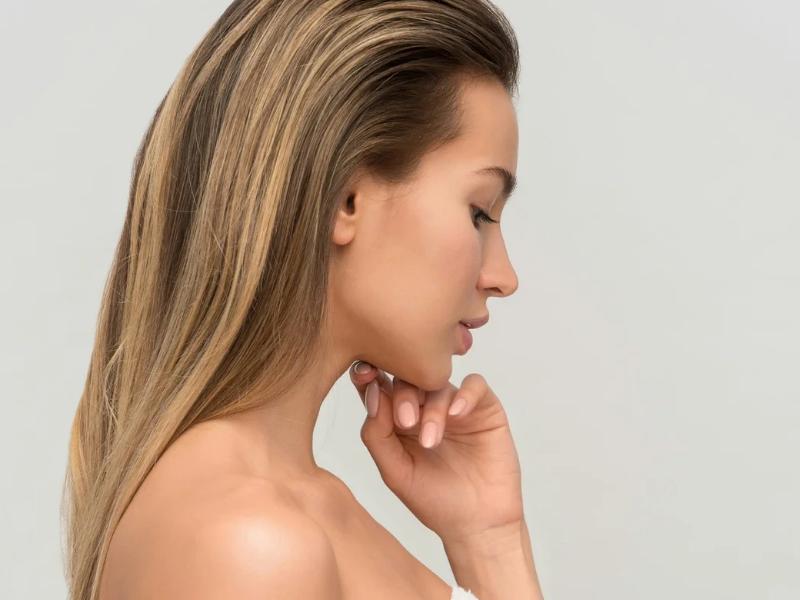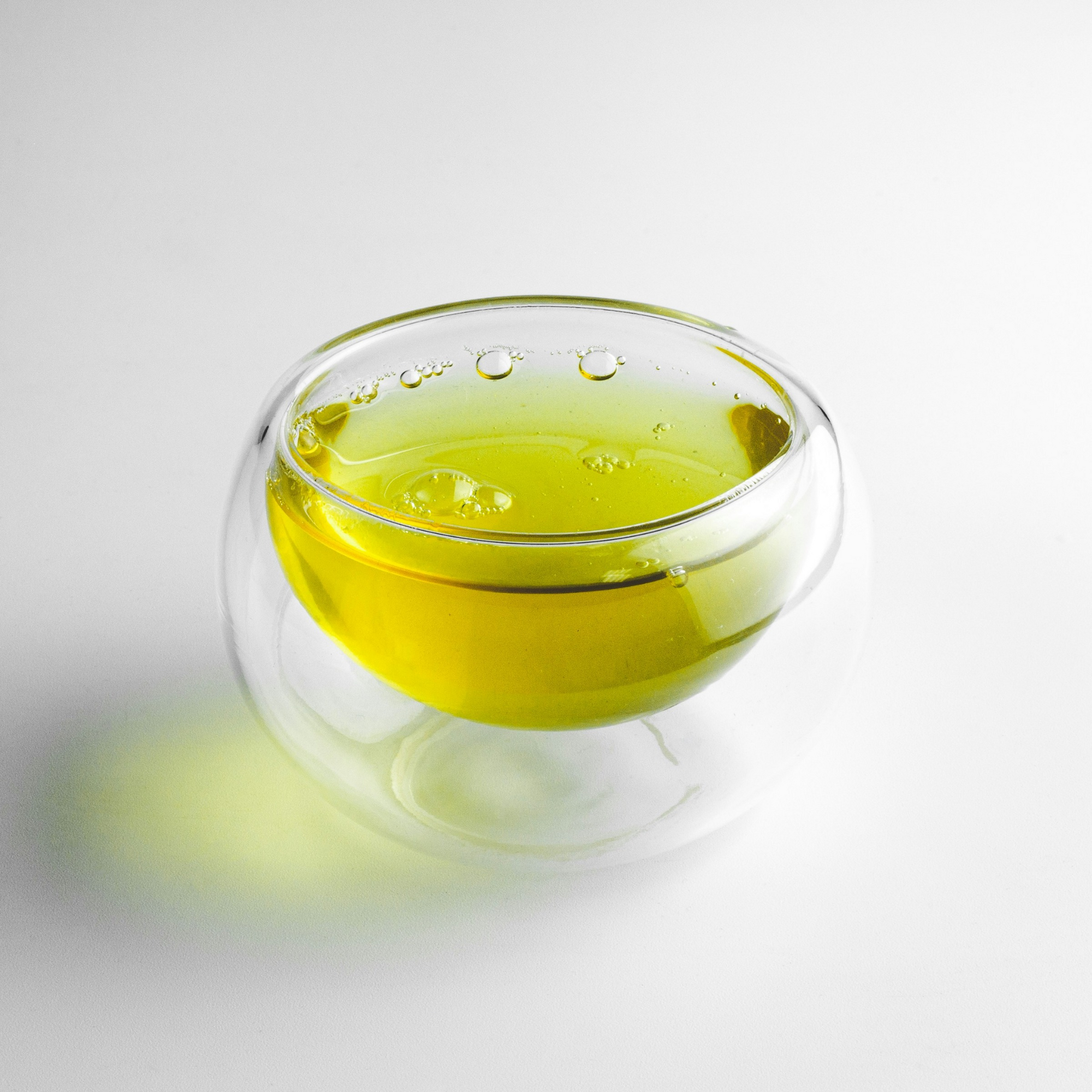The beauty industry is undergoing a seismic shift as consumers become more educated about what they put on their skin. This wave of awareness has led to the rise of the "clean beauty" movement, which claims to prioritize safety, transparency, and sustainability. Enter Sephora Clean, a program that promises to help customers identify products free from over 50 potentially harmful ingredients. But does Sephora Clean really live up to its claims, or is it just another example of greenwashing designed to placate concerned consumers without making meaningful changes?
The Sephora Clean Promise: A Closer Look
On the surface, Sephora Clean appears to be a well-intentioned initiative. The program bans a list of over 50 ingredients, including well-known culprits like parabens, phthalates, formaldehyde, and oxybenzone. Sephora has made it easier for consumers to navigate the complex world of cosmetics by providing a "Clean at Sephora" label for products that meet their criteria. This label supposedly offers a guarantee that these products are safer and more environmentally friendly.
However, a deeper dive into the details reveals a more complex picture. While the banned list includes some genuinely concerning chemicals, it represents only a fraction of the potentially harmful substances still prevalent in the beauty industry. The "Clean at Sephora" label might create the illusion of safety, but it does little to address the broader issue of toxic ingredients in cosmetics.
The Limitations of the Ingredient Blacklist
Sephora's banned list includes ingredients such as parabens, phthalates, and formaldehyde-releasing agents—substances that have been scrutinized for years. Parabens, for example, are known to disrupt hormonal balance, while phthalates have been linked to reproductive issues. Formaldehyde, a recognized carcinogen, is rightly avoided. The exclusion of these ingredients is a positive step, but it's far from comprehensive.
For instance, while Sephora bans certain well-known harmful substances, it still permits the use of many others that are equally concerning. Phenoxyethanol, for example, is a preservative commonly found in "clean" products, despite being associated with skin irritation and potential neurotoxicity. Similarly, synthetic fragrances, which can contain hundreds of undisclosed chemicals, are often still allowed, as long as they don't include certain phthalates. This selective exclusion suggests that Sephora Clean is more about appeasing consumer concerns than rigorously ensuring product safety.
At Nature's Glow Emporium, we check every ingredient against Evironmental Working Group's Ratings via their extensive catalog of ingredients. If it's not safe, we do not resell that product.
Transparency or Marketing Strategy?
Sephora Clean is marketed as a beacon of transparency, yet it raises questions about how transparent the program truly is. While Sephora requires brands to disclose their ingredients, the level of detail and accuracy can vary. For example, the term "fragrance" is often used as a catch-all for a mixture of chemicals, many of which may be harmful. This lack of specificity undermines the program’s claim to transparency and calls into question whether consumers are getting the full story.
Furthermore, the program's emphasis on banning certain ingredients might distract consumers from the presence of other harmful additives. The absence of one toxin does not guarantee the absence of others, but the Clean at Sephora label could easily lead consumers to make that assumption. This oversimplification of safety can result in a false sense of security, allowing harmful substances to slip through the cracks.
A Missed Opportunity for True Clean Beauty
The Sephora Clean program, while a step in the right direction, ultimately falls short of the rigorous standards required for true clean beauty. By focusing on a limited list of ingredients, Sephora avoids addressing the larger systemic issues within the beauty industry. The program allows brands to capitalize on the clean beauty trend without making significant changes to their formulations or practices.
Moreover, Sephora continues to sell a wide array of products that contain harmful additives and toxic chemicals. The Clean at Sephora label, then, appears less like a genuine commitment to safety and more like a convenient marketing tool designed to attract a growing demographic of health-conscious consumers.
The Bottom Line
While Sephora Clean may offer some benefits, it’s essential to approach it with a healthy dose of skepticism. The program’s selective criteria and lack of comprehensive ingredient scrutiny suggest that it’s more about optics than substance. Consumers looking for truly clean beauty products should not rely solely on the Clean at Sephora label. Instead, they should take the time to research ingredients themselves and seek out brands like Nature's Glow Emporium that prioritize genuine transparency and safety, rather than those that simply meet the minimal standards set by a retailer.
In the end, Sephora Clean might be a start, but it’s far from the finish line in the quest for clean, safe, and truly ethical beauty products.


